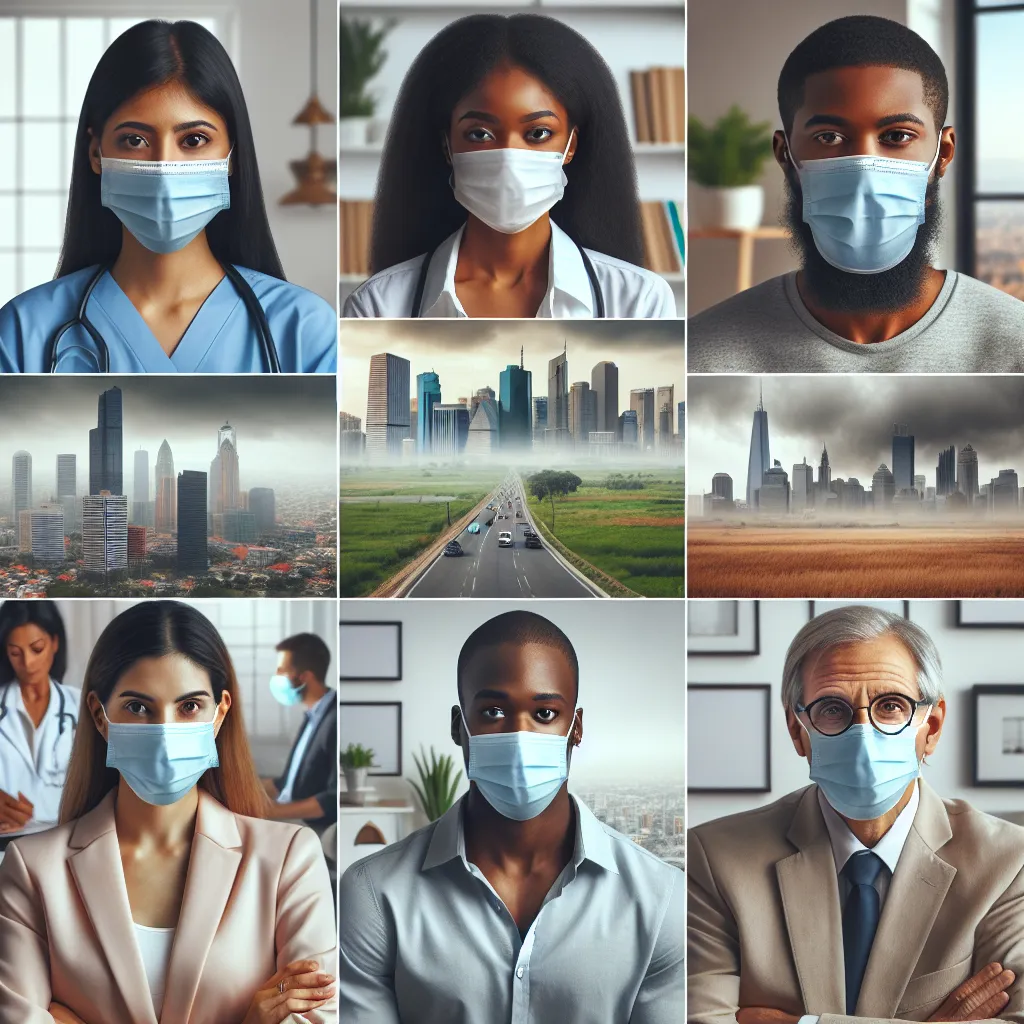
Navigating the Controversy: Debunking Face Mask Myths
The Science Behind Face Masks: Separating Fact from Fiction
When it comes to the debate surrounding face masks, it’s crucial to separate fact from fiction and rely on scientific evidence to make informed decisions. The efficacy of face masks in preventing the spread of respiratory illnesses has been a topic of extensive research, and the overwhelming consensus among public health experts is that wearing face masks can significantly reduce the transmission of airborne viruses.
Studies have demonstrated that face masks act as a physical barrier, effectively capturing respiratory droplets that may contain viruses. This is particularly important in the case of asymptomatic individuals who may unknowingly spread the virus. The Centers for Disease Control and Prevention (CDC) highlights the role of face masks in blocking respiratory droplets and emphasizes their importance in preventing the spread of COVID-19.
Furthermore, concerns about reduced oxygen intake or increased carbon dioxide levels while wearing a mask have been debunked by scientific evidence. Research has shown that wearing a face mask does not lead to dangerous levels of carbon dioxide retention and does not impact oxygen saturation in healthy individuals.
It’s important to note that the type of face mask and proper usage are essential factors in their effectiveness. N95 respirators, surgical masks, and well-constructed cloth masks have been shown to provide varying degrees of protection. Additionally, ensuring a snug fit and avoiding touching the mask while wearing it are crucial for maximizing its effectiveness.
In conclusion, the scientific evidence overwhelmingly supports the benefits of wearing face masks in reducing the spread of respiratory illnesses. By understanding the science behind face masks and dispelling common myths, individuals can make informed decisions to protect themselves and others during public health crises.
Common Myths About Face Masks Debunked
As the ongoing debate about the effectiveness of face masks continues, it’s important to separate fact from fiction and debunk some common myths that have been circulating. One prevalent myth is that wearing a face mask reduces your oxygen intake, leading to hypoxia. This is simply not true. Multiple studies have shown that wearing a mask, even for extended periods, does not lower oxygen levels in the blood or cause any harmful effects.
Another misconception is that face masks are only effective for preventing the spread of COVID-19, and offer no protection against other respiratory viruses. In reality, numerous research studies have demonstrated that wearing a mask can help reduce the transmission of various respiratory illnesses, including influenza and the common cold.
Furthermore, some individuals claim that wearing a mask can increase the risk of carbon dioxide (CO2) poisoning. However, medical experts have clarified that the materials and design of typical face masks allow more than enough airflow for the easy exchange of gases, meaning that there is no risk of CO2 buildup while wearing a mask.
It’s crucial to address these misconceptions and ensure that accurate information is widely available. By debunking these myths, we can emphasize the importance of mask-wearing as a simple yet effective measure to protect both individuals and communities from the spread of respiratory infections.
Navigating Public Health Guidance: Understanding the Truth About Face Masks
As the debate over the use of face masks continues, it is essential to navigate the public health guidance and understand the truth about face masks. In the midst of the COVID-19 pandemic, face masks have been a subject of controversy, with various myths and misconceptions circulating in the public sphere. It is crucial to debunk these myths and uphold the accurate information regarding the use of face masks for the safety and well-being of individuals and communities.
One common myth surrounding face masks is that they do not provide significant protection against respiratory viruses. However, numerous studies and public health experts have affirmed that wearing face masks, particularly surgical masks and N95 respirators, can substantially reduce the risk of inhaling viral particles. Additionally, cloth face masks have been recommended by health authorities as a means of source control to prevent the spread of respiratory droplets from individuals who may be asymptomatic carriers of the virus.
Another misconception is that wearing a face mask may lead to breathing difficulties or a decrease in oxygen intake. In reality, the majority of people can wear face masks without experiencing any adverse effects on their breathing. It is important to note that the widespread use of face masks in healthcare settings, such as hospitals, has been a standard practice for years without significant concerns regarding oxygen levels.
Understanding the truth about face masks involves recognizing that their primary purpose is to protect others from the wearer’s respiratory droplets, especially in situations where physical distancing is challenging. While face masks may not provide complete immunity from viral transmission, they play a crucial role in mitigating the spread of infectious diseases when combined with other preventive measures, such as hand hygiene and social distancing.
In conclusion, navigating the controversy surrounding face masks requires a clear understanding of public health guidance and the debunking of prevalent myths. It is imperative to rely on evidence-based information from reliable sources and prioritize the collective well-being of society. By embracing the use of face masks as a simple yet effective public health intervention, individuals can contribute to the protection of themselves and others amid the ongoing public health challenges.



